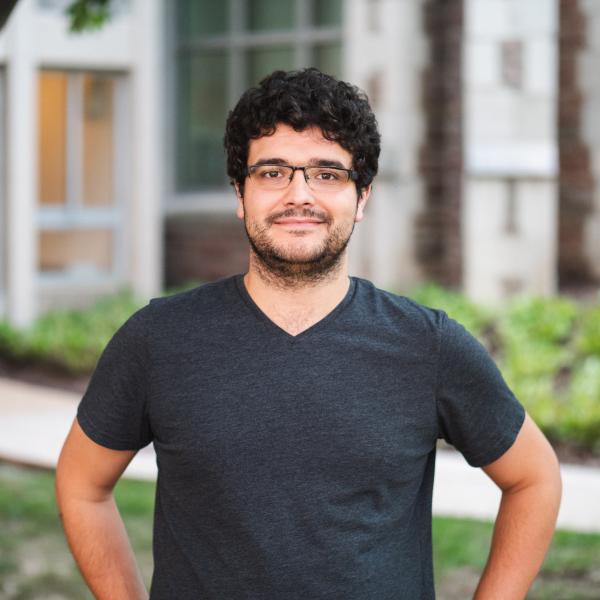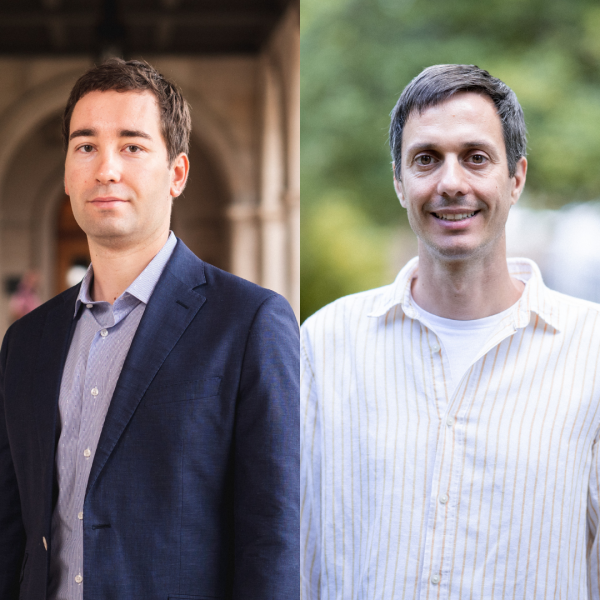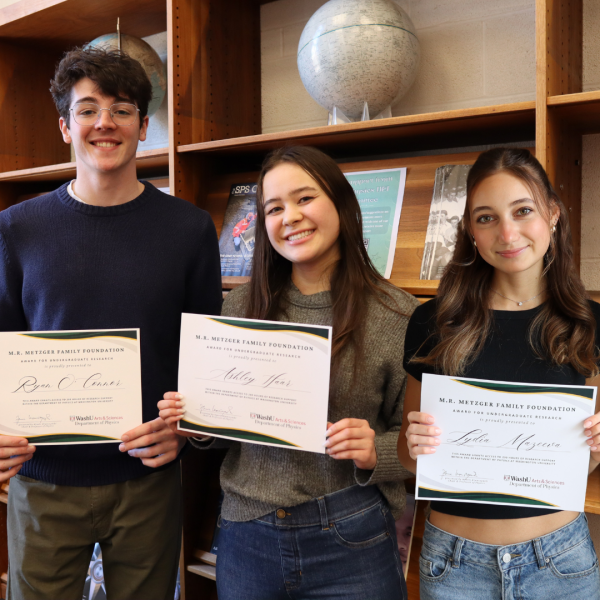Saori Pastore will be the Principal Investigator of a DOE Office of Science grant studying "Quantum Monte Carlo calculations of Lepton-Nucleus Interactions."
Current and next generation large-scale US experiments are poised to explore lepton-number violation, discern the neutrino mass hierarchy, understand the particle nature of dark matter, and answer other fundamental questions aimed at testing the validity and extent of the standard model. These experiments use nuclei to probe both nuclear physics and fundamental symmetries, with the goal of understanding weak interactions in beta decay, r-process, and double-beta decay. The Facility for Rare Isotope Beams (FRIB) is designed to study the structure of neutron-rich nuclei and shed light on the dynamics leading to the formation of the elements in the universe. At Thomas Jefferson National Accelerator Facility (JLab) interactions between nucleons are probed via electron scattering from nuclei. Neutrinoless double beta decay facilities use nuclei to assess whether neutrinos are Majorana particles and probe the neutrino mass hierarchy. In the Deep Underground Neutrino Experiment (DUNE), nuclei are the active material used to detect neutrinos and accurately measure neutrino oscillation parameters.
The success of these experimental programs relies on an accurate understanding of nuclear structure and dynamics, required to meaningfully interpret the body of experimental data and disentangle new physics signals from underlying nuclear effects. The objective of this project is to develop a comprehensive program of analyzing electroweak interactions with nuclei by studying lepton-nucleus interactions in a wide range of energy and momentum transfer, and precisely compare the theory with available electroweak nuclear data. In particular, the calculations use effective field theory and phenomenological approaches to develop many-body nuclear interactions and currents, and Quantum Monte Carlo computational methods to solve the strongly-correlated nuclear many-body problem. The goal is to achieve a theoretical understanding and computational accuracy relevant to ongoing experimental efforts in Nuclear Physics, Fundamental Symmetries and Neutrino Physics carried out at FRIB, Neutrinoless Double Beta Decay facilities, JLab, DUNE."




